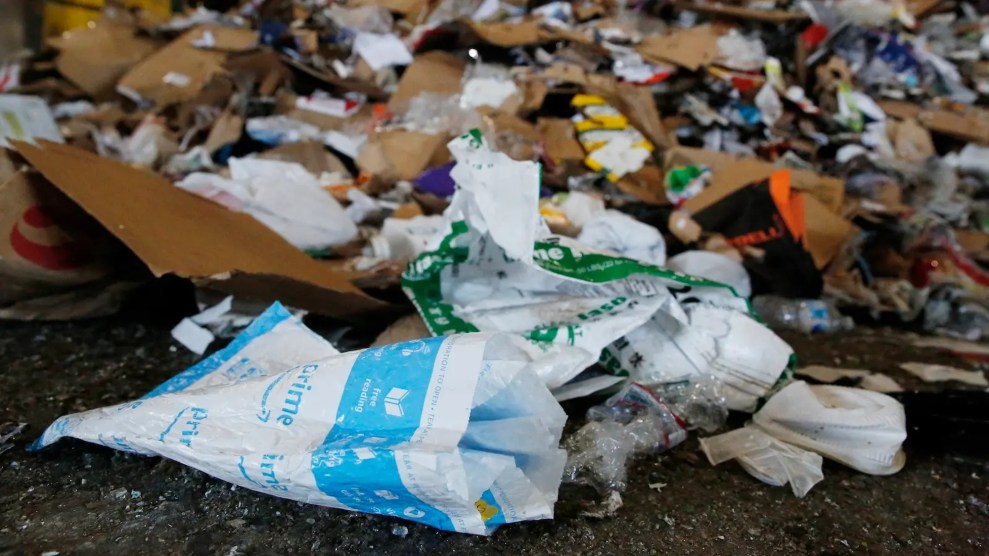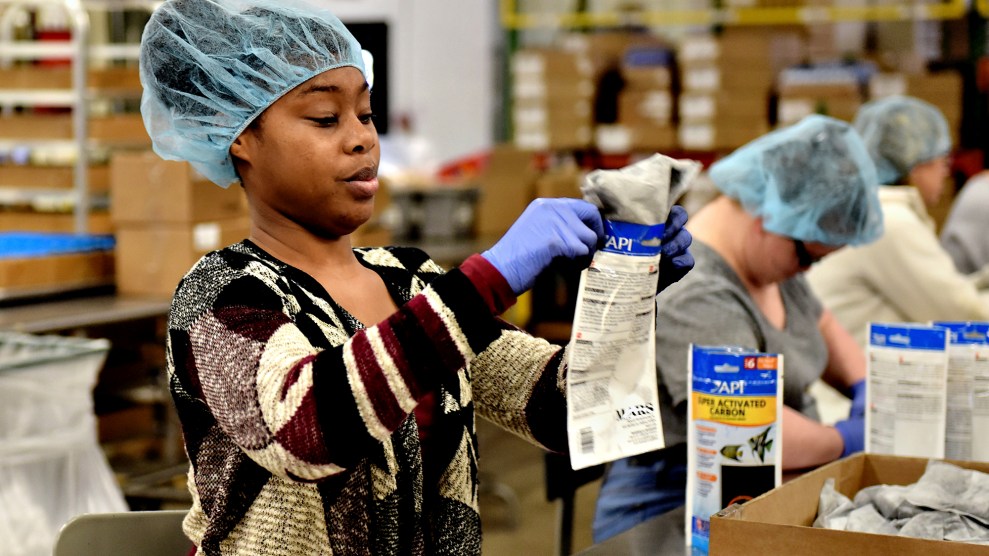
Picasa user <a href="http://picasaweb.google.com/lh/photo/v8UVdVu4xeT8fxTfQDIQsw">iwmpop</a>
The folks over at Change.org have rightly pointed out that cute endangered animals get more attention than the ugly ones. So I’ll meet them halfway: this week we have a truly “uglorable” guest, the Axolotl Salamander. (Uglorable, for those of you not fluent in Lolcat, is an animal both ugly and adorable.) The Axolotl is a great example of uglorability, combining skinny, sea monkey-like limbs, a big ol’ noggin shaped like a certain part of the male anatomy, and red fuzzies where his ears should be. He seems pretty cheerful, being that he’s on the brink of extinction. Just look at that tiny smile. That’s the spirit, Axolotl!
The Axolotl (pronounced ACK-suh-LAH-tuhl) salamander only lives (in the wild) in one spot on Earth, in Lake Xochimilco near Mexico City. Unlike other salamanders, the Axolotl don’t fully go through metamorphosis. They do grow legs, but retain their gills (see red fuzzies, above) and dorsal fin, which other salamanders lose as they mature. As a result, the Axolotl is fully aquatic and lives only in the water.
Although often sold as pets and common in captivity, Axolotls are critically endangered in the wild. Their lake habitat has been drained to provide water to Mexico City, and has suffered from the introduction of invasive species like carp and tilapia that eat Axolotl and their offspring. Roasted Axolotl is also considered a delicacy in Mexico, something which can’t possibly help the species’s survival in the wild. The Axolotl’s ability to regenerate many parts of its body has made it an experiment subject in medical labs. For example, the Department of Defense recently issued a $6.25 million grant for scientists to study the Axolotl’s limb regeneration in hopes it will lead to medical advances for humans.
Only around 1,000 Axolotls remain in the wild, down from about 6,000 in the late 90s. There are many Axolotls in captivity, but they are often albinos (as seen above), not the greyish or brown varieties more common in the wild. But at least one biologist, Dr. Luis Zambrano of Mexico City’s National Autonomous University, is making their preservation a priority by trying to set up protected natural habitat for the creatures. “If the axolotl disappears, it would not only be a great loss to biodiversity but to Mexican culture, and would reflect the degeneration of a once-great lake system,” Zambrano told the Dallas Morning News.












